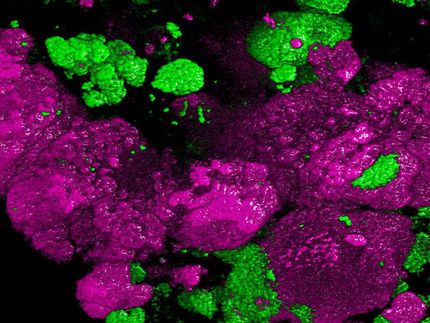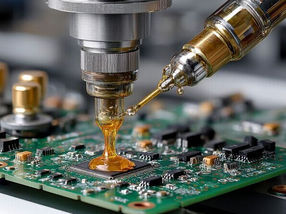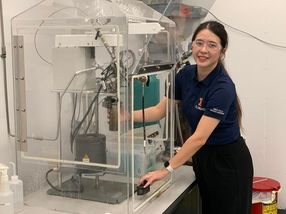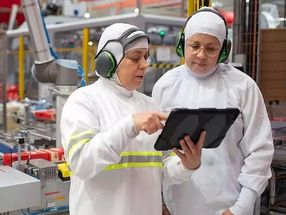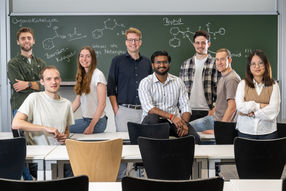Bacteria that can "breathe" stones and sulphur
Microbes remove toxic sulphide and use iron minerals for their growth
Advertisement
An international team of scientists led by microbiologists Marc Mussmann and Alexander Loy from the University of Vienna has discovered a new microbial metabolism: so-called MISO bacteria "catalyze" iron minerals by oxidizing toxic sulfide. The researchers found that the reaction between toxic hydrogen sulphide and solid iron minerals is not only a chemical process, but also an as yet unknown biological process in which the versatile microbes in marine sediments and terrestrial wetlands remove toxic sulphide and use it for their growth. These bacteria could thus prevent the spread of oxygen-free "dead zones" in water bodies.
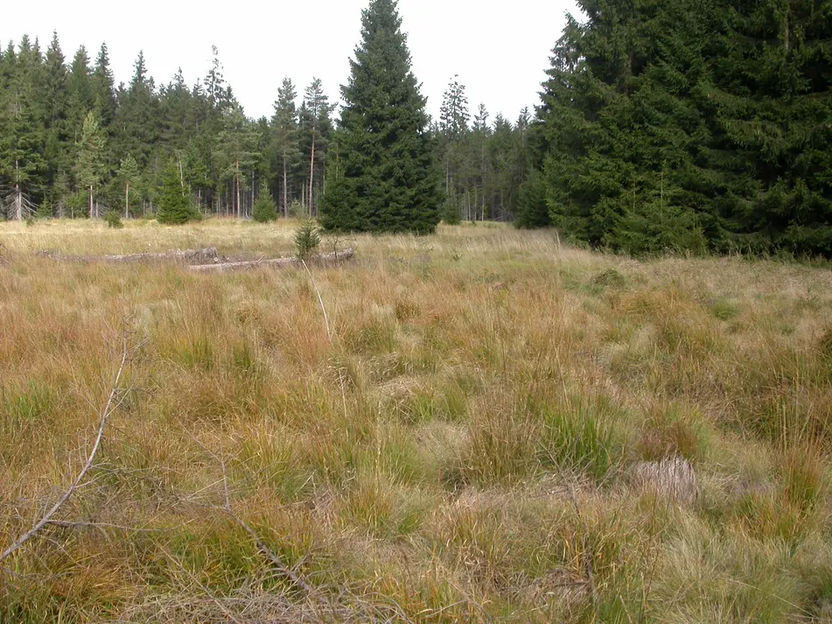
Example of a MISO bacteria habitat - wetland (photo of a peat bog in Germany)
Alexander Loy
Biogeochemical cycles are processes in which elements such as carbon, nitrogen, sulphur and iron are converted by reduction and oxidation reactions (redox reactions) and circulate between the atmosphere, water, soil, rocks and living organisms. These cycles are closely linked to the Earth's climate, as they regulate the formation of greenhouse gases and influence the planet's temperature balance.
Microorganisms play a central role in almost every step of these redox processes, for example by using sulphur or iron compounds for respiration - similar to how humans use oxygen to metabolize food. In low-oxygen environments, such as the seabed or wetlands, sulphur and iron compounds are particularly important for microbial life. Sulphur occurs in various forms - as a gas in the atmosphere, as sulphate in the oceans or as a component of minerals in rocks. Similarly, iron can switch between different forms depending on the availability of oxygen.
When microbes metabolize sulphur compounds, they often change the form of iron at the same time - and vice versa. This coupling of the cycles of sulphur and iron has far-reaching implications as it influences the availability of nutrients in the environment as well as the production or degradation of greenhouse gases such as carbon dioxide or methane. Understanding these interconnected cycles is critical to predicting how ecosystems will respond to pollution, climate change and other human impacts.
Iron minerals "breathe" to detoxify sulphide
Specialized microbes in oxygen-free ecosystems such as marine sediments and wetlands produce hydrogen sulfide - a toxic sulfide gas with the characteristic smell of rotten eggs. The interaction between sulfide and ferric oxide minerals such as rusty iron plays a key role in controlling sulfide concentrations. The reaction mainly produces elemental sulphur and iron monosulphide (FeS). FeS is a black mineral that is responsible, for example, for the dark coloration of beach sediments under low-oxygen conditions.
"We show that this environmentally relevant redox reaction does not only take place chemically," explains Alexander Loy, research group leader at CeMESS - the Center for Microbiology and Environmental Systems Science at the University of Vienna: "Microorganisms can also use the reaction for their growth." The newly discovered microbial energy metabolism, known as MISO for short, couples the reduction of iron(III) oxide with the oxidation of sulphide. In contrast to the chemical reaction, MISO produces sulphate directly, bypassing intermediate steps in the sulphur cycle. "MISO bacteria remove the toxic sulphide and thus possibly prevent the spread of so-called 'dead zones' in water bodies; at the same time, they fix CO2 for their growth - just like plants," adds Senior Scientist Marc Mussmann.
A globally significant microbial process that surpasses chemistry
In growth experiments with a cultivated MISO bacterium, the researchers were able to show that the biological reaction is faster than the corresponding chemical reaction. This indicates that microbes are the main drivers of this process in nature. "Various bacteria and archaea have the genetic capacity for MISO," explains Song-Can Chen, lead author of the study, "and they occur in a variety of natural and man-made environments." In marine sediments, MISO could account for up to 7% of global sulfide oxidation to sulfate, driven by the significant influx of reactive iron from rivers and melting glaciers into the oceans.
The findings of the University of Vienna team, which are supported by the Austrian Science Fund FWF's Cluster of Excellence "Microbiomes drive Planetary Health", reveal a previously unknown biological mechanism that links the cycles of sulphur, iron and carbon in oxygen-free environments. "This discovery impressively demonstrates how versatile microorganisms are and highlights their essential role in global material cycles," concludes Alexander Loy.
Note: This article has been translated using a computer system without human intervention. LUMITOS offers these automatic translations to present a wider range of current news. Since this article has been translated with automatic translation, it is possible that it contains errors in vocabulary, syntax or grammar. The original article in German can be found here.



